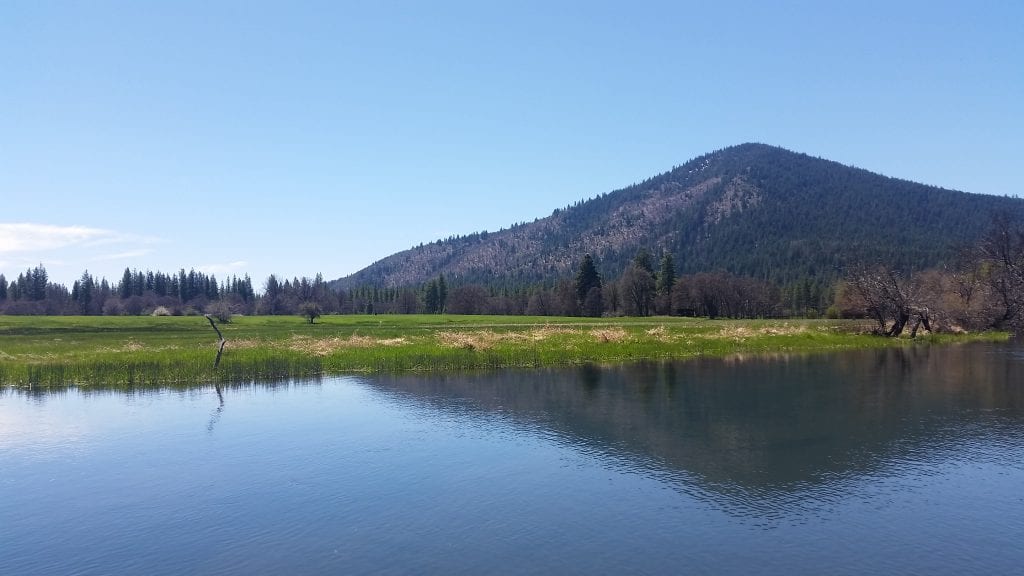There are many different facets to fly fishing. So many that learning them all in one lifetime is close to impossible. Once you think you have mastered trout fishing, someone then takes you steelhead fishing and everything changes. Now think about adding salt water fishing, bass fishing, and maybe some salmon fishing.
Then you have fly tying in all its glory with different fly patterns, materials, hooks and other paraphernalia. So, you can never stop learning. Master one and a new one takes its place.

Everyone has their favorite aspect and technique that they work on until they become proficient at it or master it. There are techniques that can be learned at home, like practicing your casting on the lawn or sitting down and working on your knots.
There are some that need to be done on the water like learning to mend or reading water. Reading the water is one that I think gets thrown out by the way side more then not. I know this because of a question I get asked constantly, “Why are we stopping here” or “how did you know there was a fish there”. Reading the water is a specific skill that is mandatory to becoming a proficient angler. It is also one of the skills that 85% of the anglers I see lack in terribly. This is understandable since most people are not afforded the luxury of having a river or lake in their backyard that they can practice on.
So, for the two people who read this blog let me tell you a couple of things that will get you thinking about reading the water. Just today, I had a fellow in my boat who I had casting into a back bay of slack water. There was a seam of faster water between the back bay and a deep drop off. We were fishing a type 3 full sinking line. As the line started to drop, the current swung it down in to the deep drop. After the line straightened out, he would start to retrieve it at a moderate pace stopping it every fifth or sixth strip. After he hooked and landed three fish, he turned to me and said, “I never thought there would be any fish in that slack water over there”. I said, “They are holding in the deep water along that drop about six feet down”. So, I handed him a rod with an indicator on it. I had him cast it in the shallow back bay. Nothing. Then I told him to make some drifts down in front of him after adjusting the depth of the indicator, so it was conducive to the depth of the run. He landed two fish and lost another. Now, he was certain that there were no fish in the shallow water.
After leaving that run we came back to it 3 hours later the wind had come up and put a chop on the water. This time, I had my client throw an I-line into the slack water. I had the boat positioned so we were in the back bay without the seam of fast water between us. He made three cast and landed two fish. He made a dozen cast and landed two more fish with the indicator. Why did I catch fish in the shallows when I could not buy a strike there earlier? It was the wind. When the wind is down, the fish are more vulnerable to predators. With the chop on the water, the fish feel more at ease in the shallows. They can’t see up through the chop, so they are not quite as skittish. Knowing that the drop was there made it easy for fish to feed in the depths, then come up out of the depths to feed in the shallows when they feel safe. Another way that the wind helps in reading the water is it will make shallow to deep water stand out. If you have ever been on Fall River when it is windy, you will notice that the deeper water will show up as a deeper blue than the rest of the river. This is the wind giving way to the deeper runs. Take note, this is valuable information being given away.
Next time I will talk a little bit about reading water on the Pit River.
Go to the “Fishing Report” page on my website to see what we did and how we did it opening week.
Good lesson Art!
Good lesson Art!
Well, I guess I’m one of the two people that will read this……?.
Another great lesson Art,
Appreciate your insight and tips on “reading the water”, an area I certainly need improvement.
Thank you
Barry
Well, I guess I’m one of the two people that will read this……?.
Another great lesson Art,
Appreciate your insight and tips on “reading the water”, an area I certainly need improvement.
Thank you
Barry